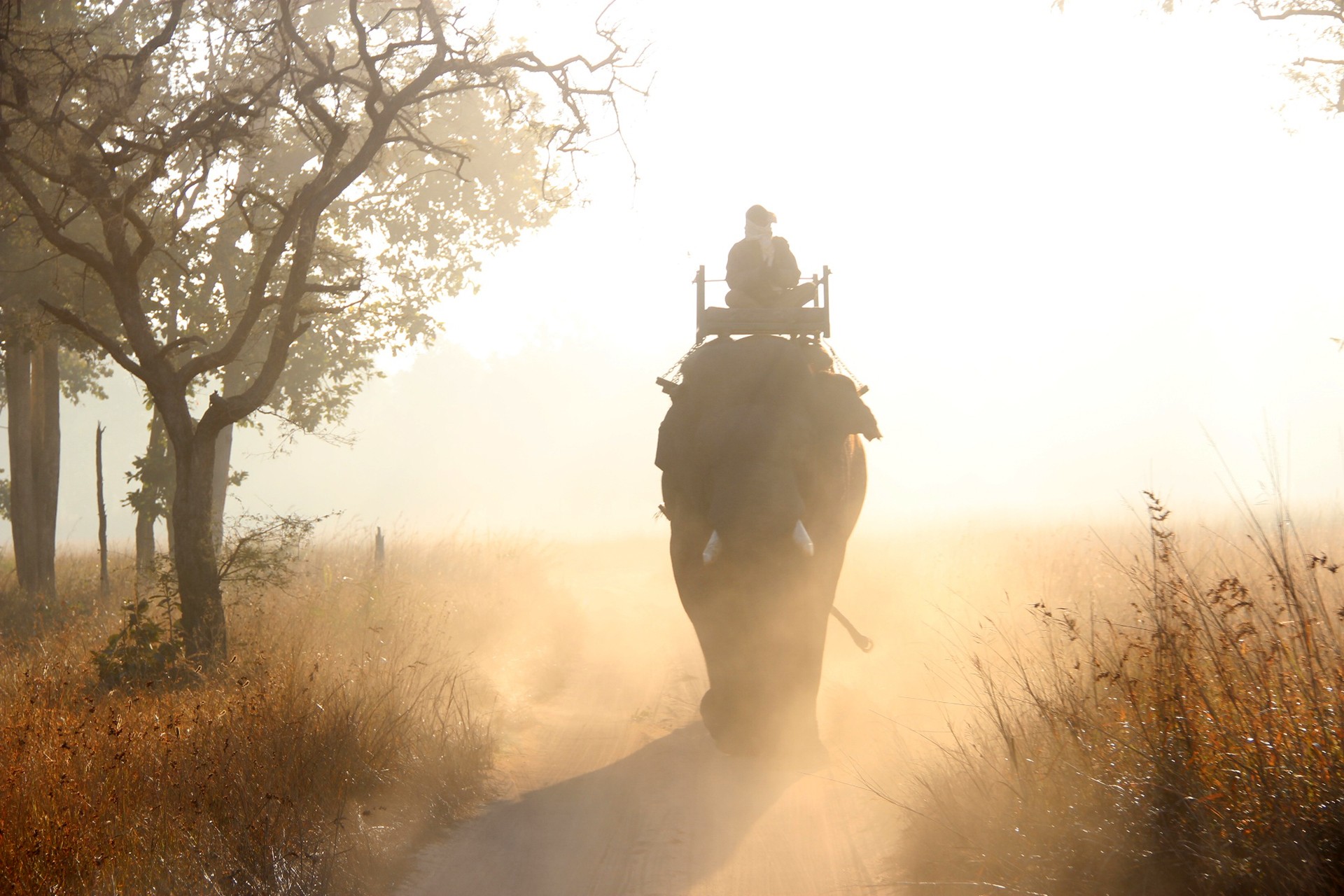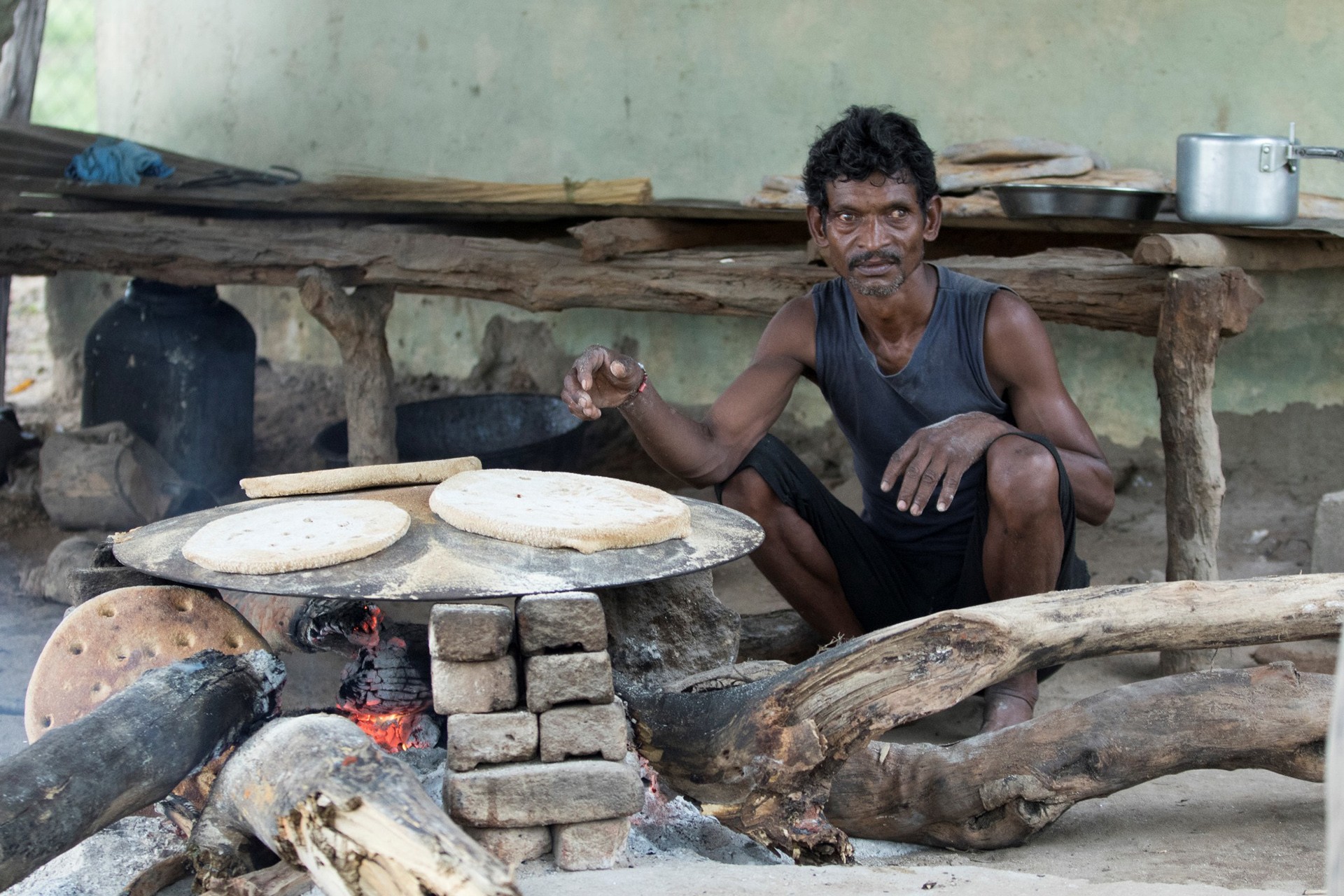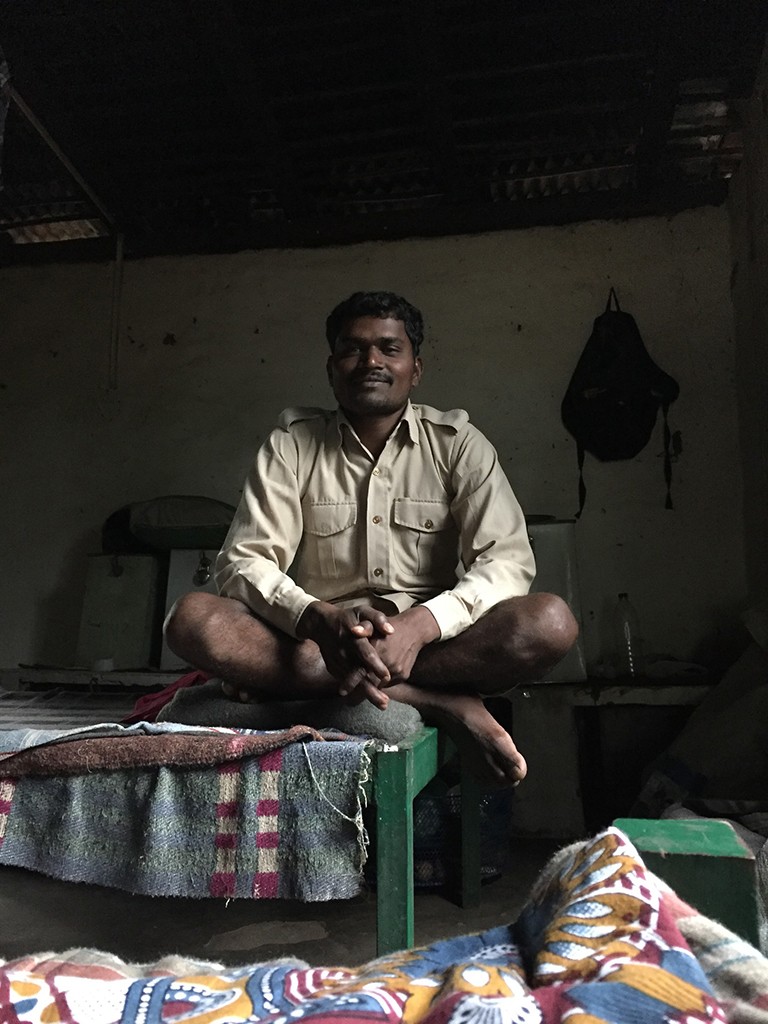A lot has been spoken – and written – about the magnificence of the tiger, and the imperative of conserving its numbers and its habitat. But we rarely think about the people who have dedicated their lives to protecting the tiger and the Indian forests: our forest department.
It is our forest guards, after all, who keep the last remaining striped cats safe, and defend the last few pockets of wilderness in the country. They watch over the wildlife, follow their movements, keep away human interferences, and protect them from intruders. Their presence in the forest is the reason the tiger still survives.
There are many organisations which work towards protecting the flora and fauna of our country. I founded The Guard Book to support their protectors, in an effort to recognise their importance and work, and to help give them the support they deserve.
But to acknowledge their work, we must first understand what they do. What is a forest guard’s life like, and how do they ensure the tiger and all other wildlife is protected in the forest?
The answer, of course, is through constant, watchful surveillance. Forest guards do this by patrolling the forest, and most of their patrolling is done on elephants. Just think, even us wildlife enthusiasts do not know our favourite reserves beyond the well-travelled safari routes, or think about the national parks after closing hours. The elephant patrol teams know the forests’ secrets, its rivulets, its water holes, its hiding places, its vantage points.
Every day, the forest guards get out of the protection of their huts, and get on their elephants to patrol the forest. Whether it’s in scorching heat, torrential rain or biting cold – they make the trip to ensure the safety of the animals. Sometimes, they go without a sighting for days, and anxiety mounts until they finally do catch a glimpse of a tigress or cubs from the bush. I have accompanied the guards on patrol trips several times, and every time, I see how they watch the animals from a safe distance, and how they feel a sense of joy when they see these animals thrive in their natural environments. Their love for the wildlife in the forest is deep-rooted: more often than not, they’ve seen these cubs being born, and watched them grow into adulthood.
Their love for their elephants, too, is remarkable. Of course, the elephants forage for food in the forests, but they are fed by the guards too, who make giant rotis of wheat flour, gram seeds and salt for them on huge tawas. Elephants at the camp are fed twice a day – a practice that begins early, when new calves are brought to them to be trained and nurtured. The feeding ritual includes patting the elephant all over, checking its trunk, ears, eyes and tail, and often, some talking too. It’s a process that reaffirms the bond between the forest guards and the elephants.
Together, the forest guards and their elephants witness the changing faces of these forests, braving the heat and rain every season in service of the forest and its inhabitants. They are the silent guardians of nature, patrolling the length and breadth of the jungle. Forest guards travel around 25km every day along forest trails to collect data and samples, monitor camera traps and watering holes, and watch out for signs of human-animal conflict.
Yet, a forest guard in India is rarely felicitated or celebrated. Unfortunately, their daily dedication remains unheard of, as they continue to protect the very wilderness the rest of us destroy.
For details on how you can help the forest guards who help keep our forests safe from poachers and other predators, visit theguardbook.com. The organisation works to provide items such as field clothing, gear, and solar lighting to forest guards: essential items for patrolling and enforcement.




